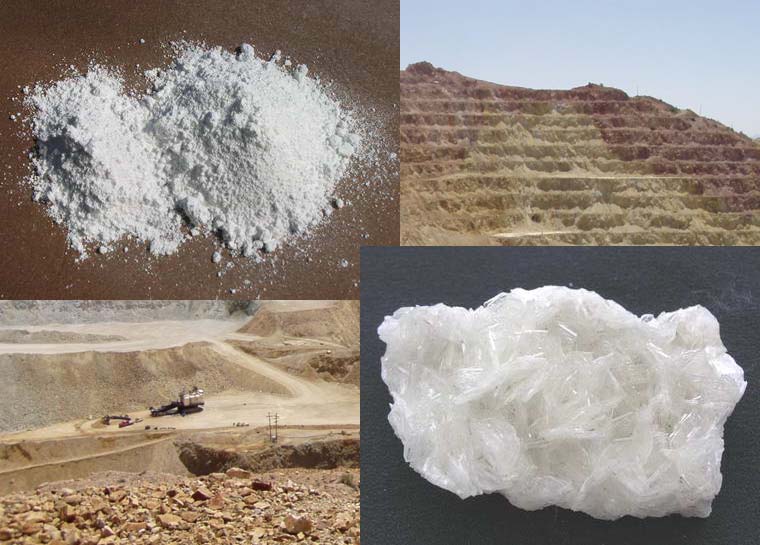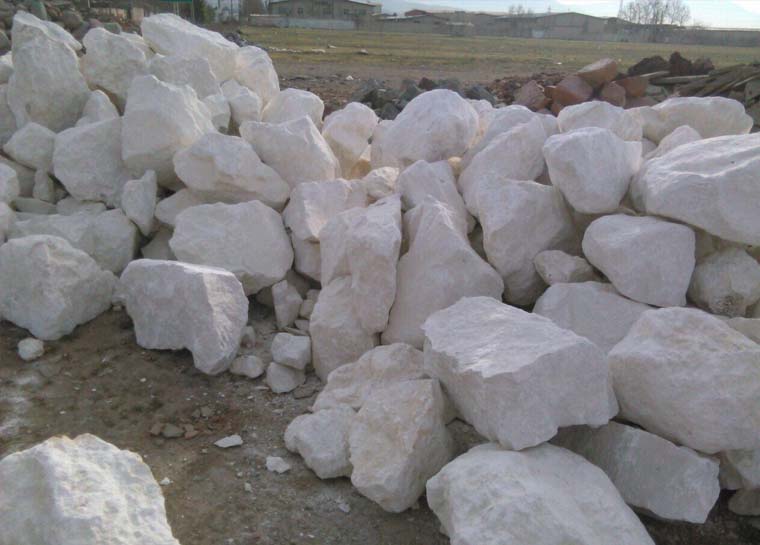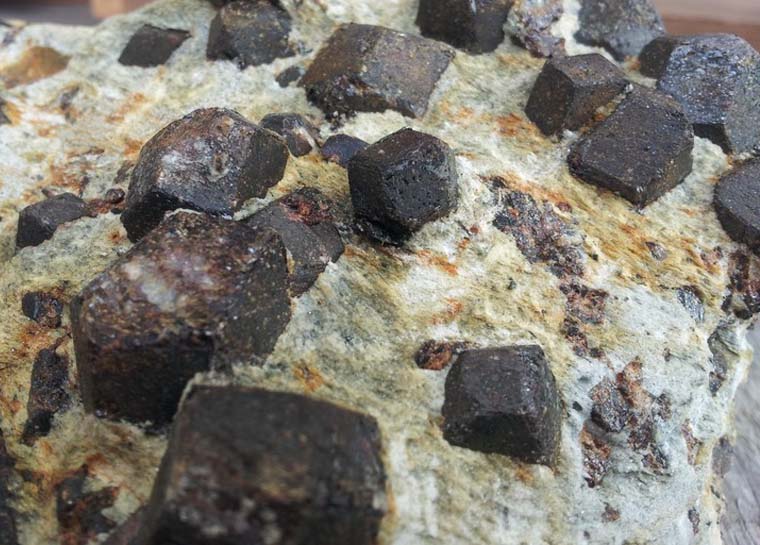Barite
Baryte or natural barium sulfate with the formula BaSO4 is derived from the Greek word (Barus) meaning heavy or dense. This mineral is also called Heavy spar and sometimes Tiff. Barium is the fourteenth most abundant element in the earth’s crust, which makes up about 0.05% of the earth’s crust and 425 grams per ton of sedimentary rocks in the crust.
Barium is a white-silver alkaline earth metal with the symbol Ba, atomic number 56, atomic weight 137.327, specific gravity 3.59 grams per cubic centimeter, hardness of 1.25 on the mouse scale, soft, heavy, boiling point 1898 ° C and melting point 729 ° C. Barium is in group II of the periodic table as an alkaline earth metal and is in period 6. They are usually colorless or milky, but are available in red, brown, yellow, and purple. The color of barite depends on its impurities at the time of crystal formation. This mineral is chemically neutral and insoluble.
Barite is one of the heaviest sulfate minerals and the only mineral in this category that has a higher specific gravity than it is lead (PbSO4). Its crystalline form is mostly in the form of blade crystals, laminates, layers or filaments. In most commercial reserves, nodules, concentrations of rose-like clusters, thin to layered, are observed.
Most barite is extracted from a layer of sedimentary rocks composed of barite deep in the oceans. In some minings, barite is seen in the form of rock veins, in which case a small amount is extracted. Barium sulfate is formed deep in the earth by warm groundwater. In some cases, barite is a by-product of the extraction of materials such as lead, zinc, silver or other metals. There are nine major barite mines in the United States in Missouri, Tennessee, Georgia, and Nevada. Barite production in China is about 10 times higher than in the United States, India has a high production and about 40 other countries in the world produce barite. Many of the world’s reserves are economically viable, but some are not cost-effective because they are mined very cheaply in China.
Applications of Barite:
Barite is used in drilling natural gas and oil wells. In this process, the barite is compressed and mixed with water and other additives are added and then pumped into the well cavity. The high weight of this mixture prevents oil and gas from escaping from the ground under pressure. This prevents explosions of gas and oil released from the ground. It is currently the most widely used barite in the United States for drilling. However, barite consumption varies from year to year, depending on the extraction and price of oil and gas.
Apart from the above-mentioned application, barite is used as an additive in paints, in glazing, plastics, in the production of so-called lead crystals or lead glass, to prevent the radiation of monitors and TVs, and to produce barium sources in chemicals are used.
Barite has the ability to absorb X-rays and gammas, so it is used in medical science for specific X-ray tests for the gut. It is also mixed with cement and used to make containers or chambers for radioactive materials, and more recently for the brake pads and clutches of passenger cars and heavy vehicles.







